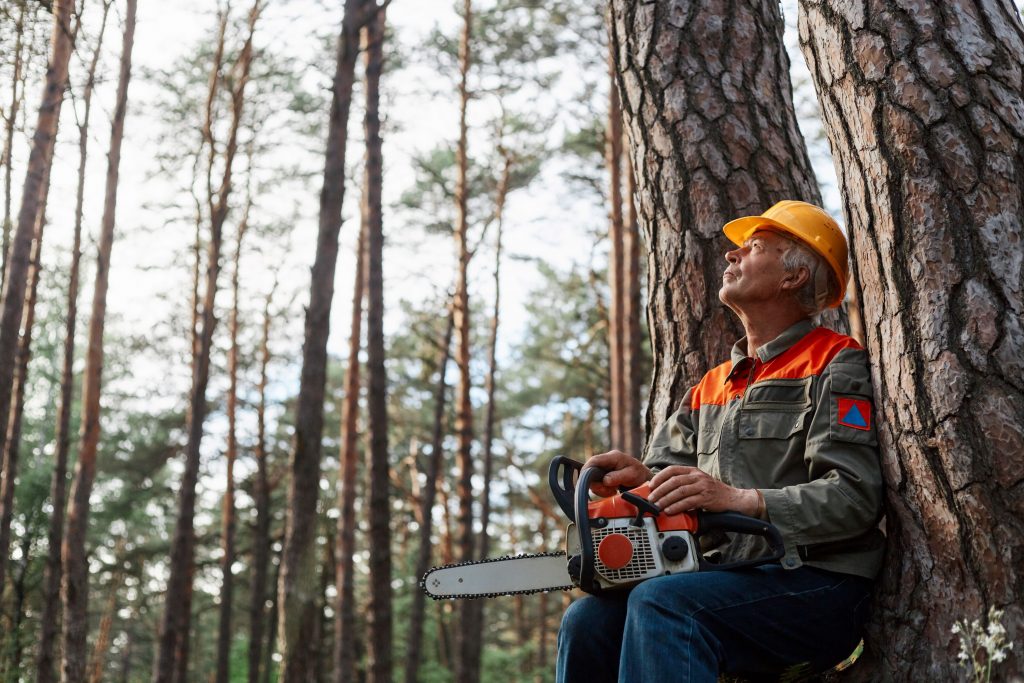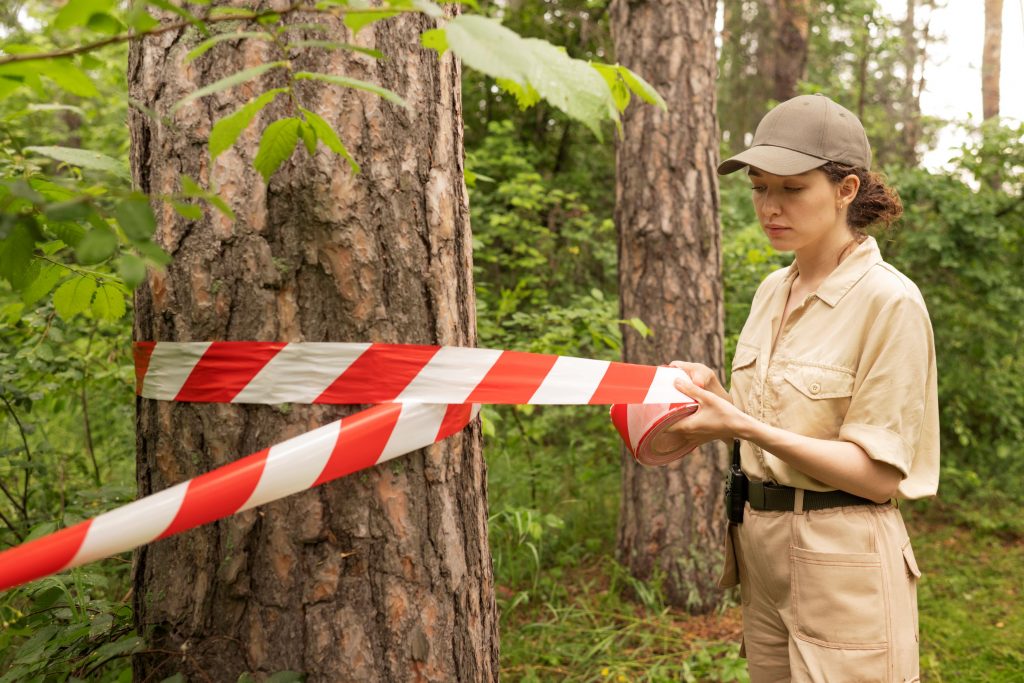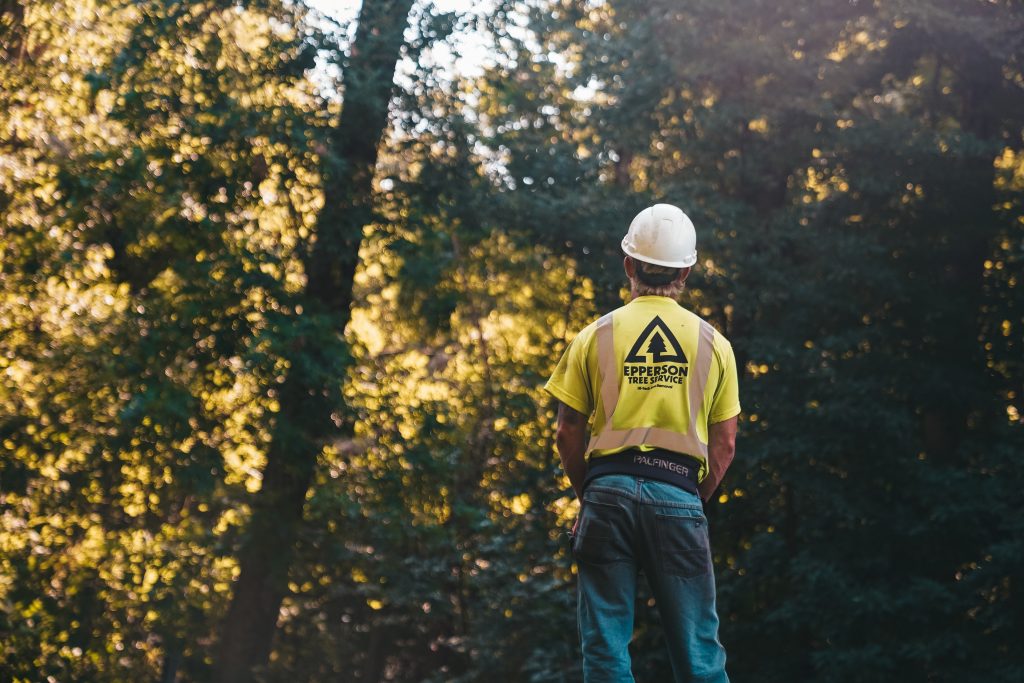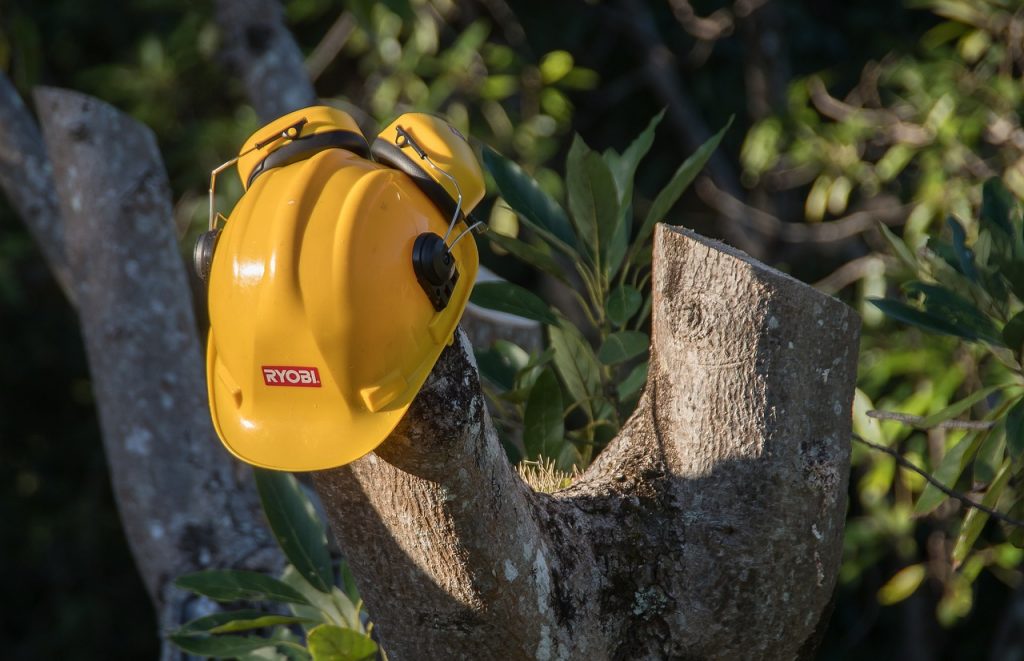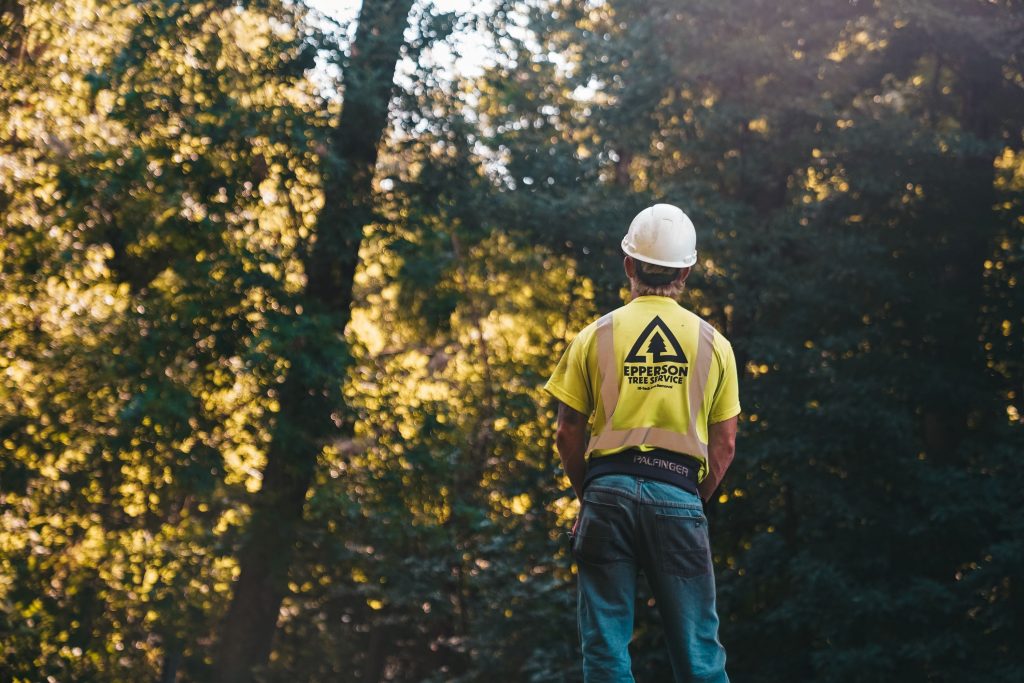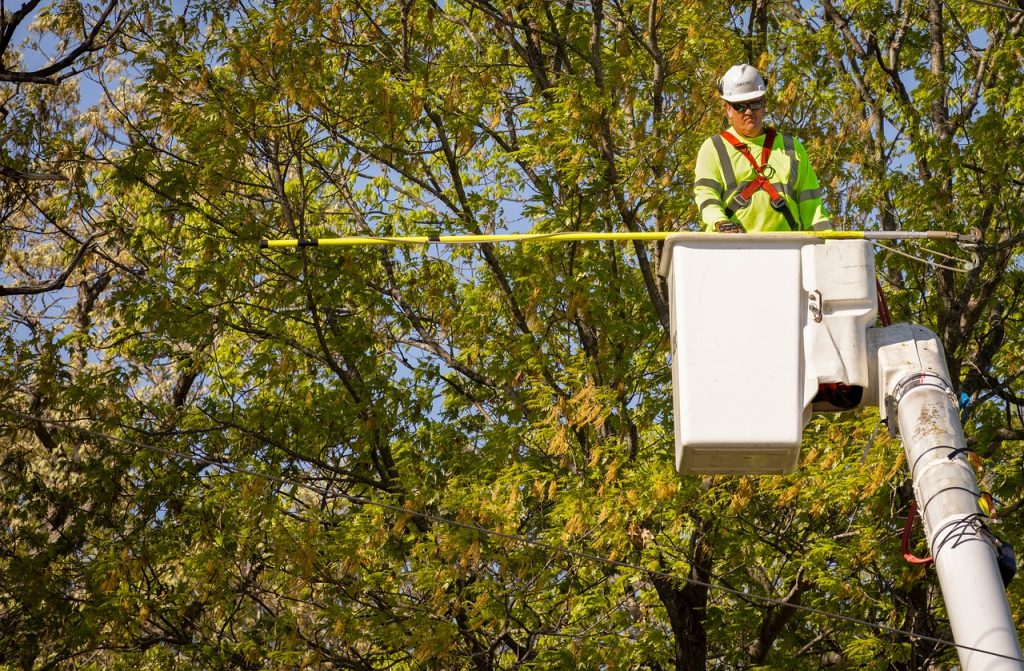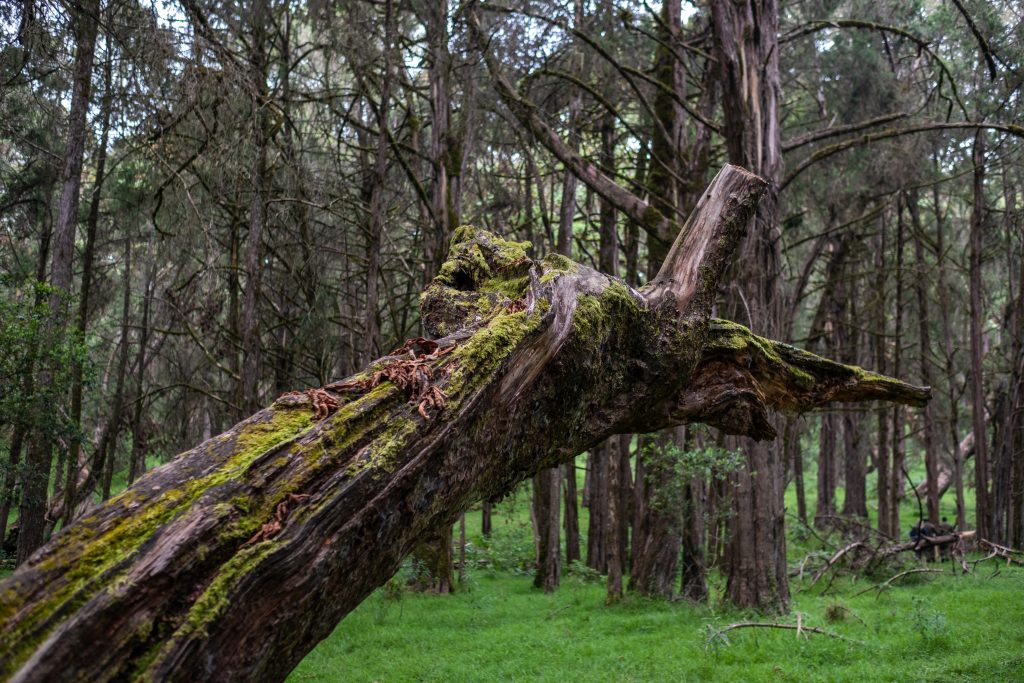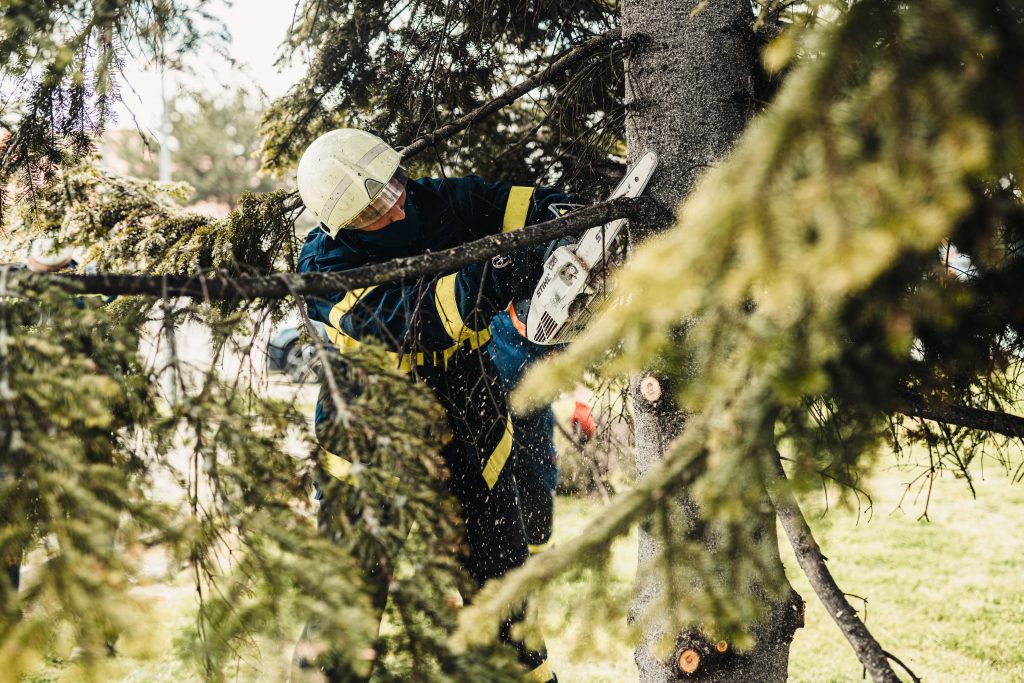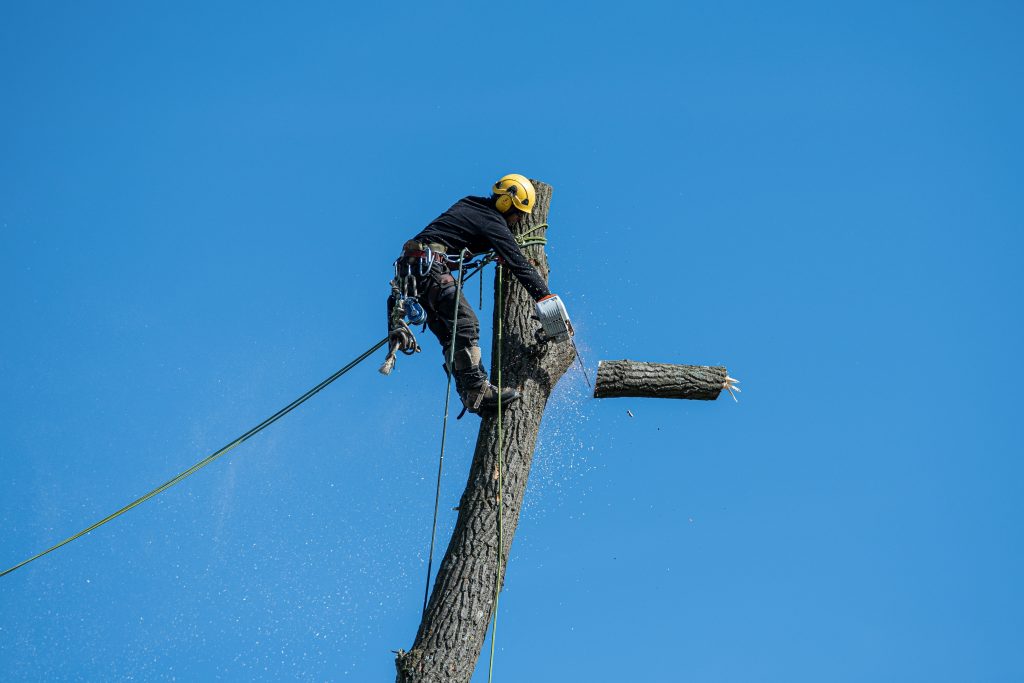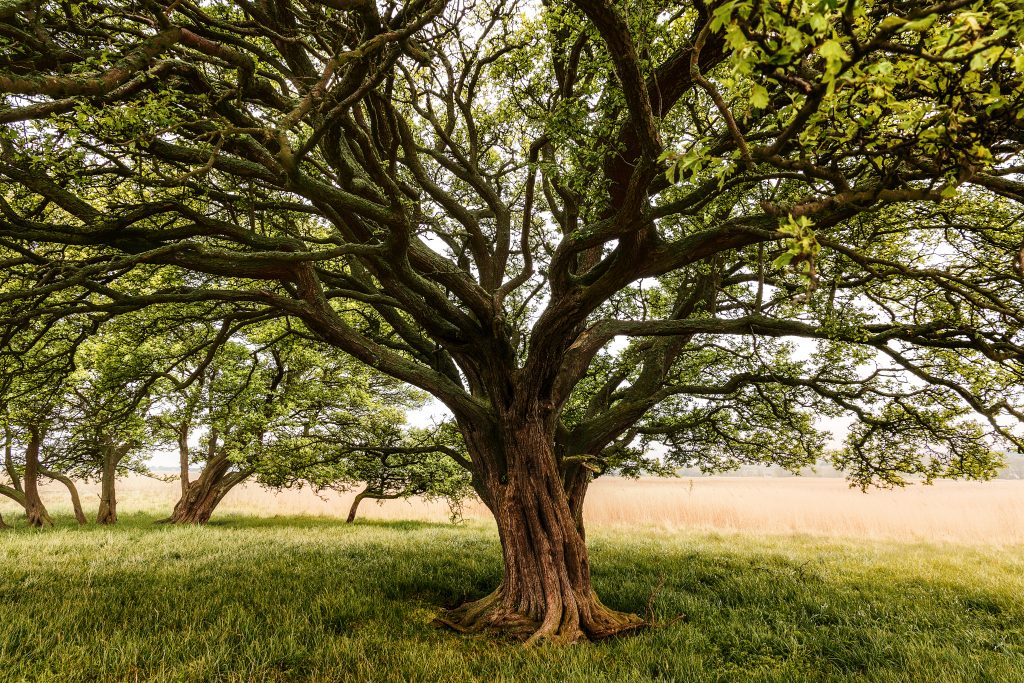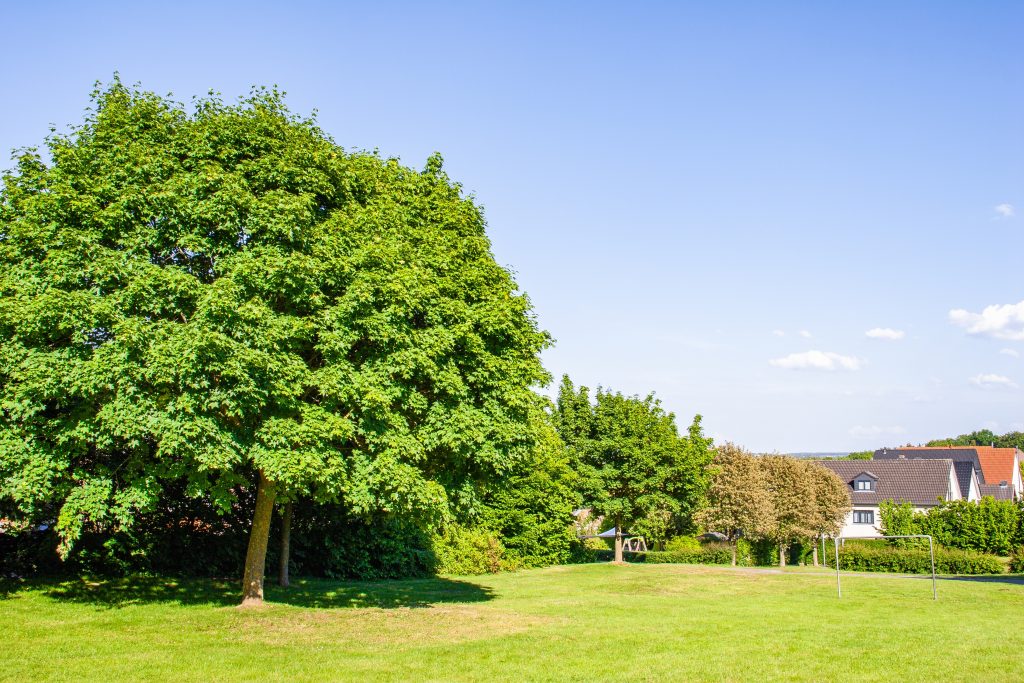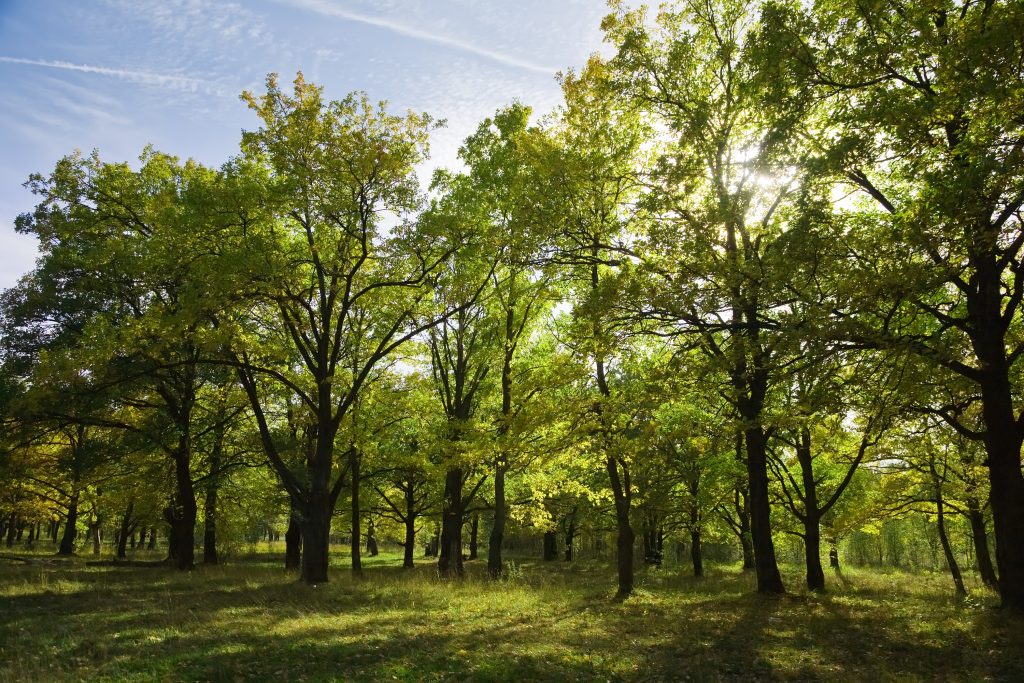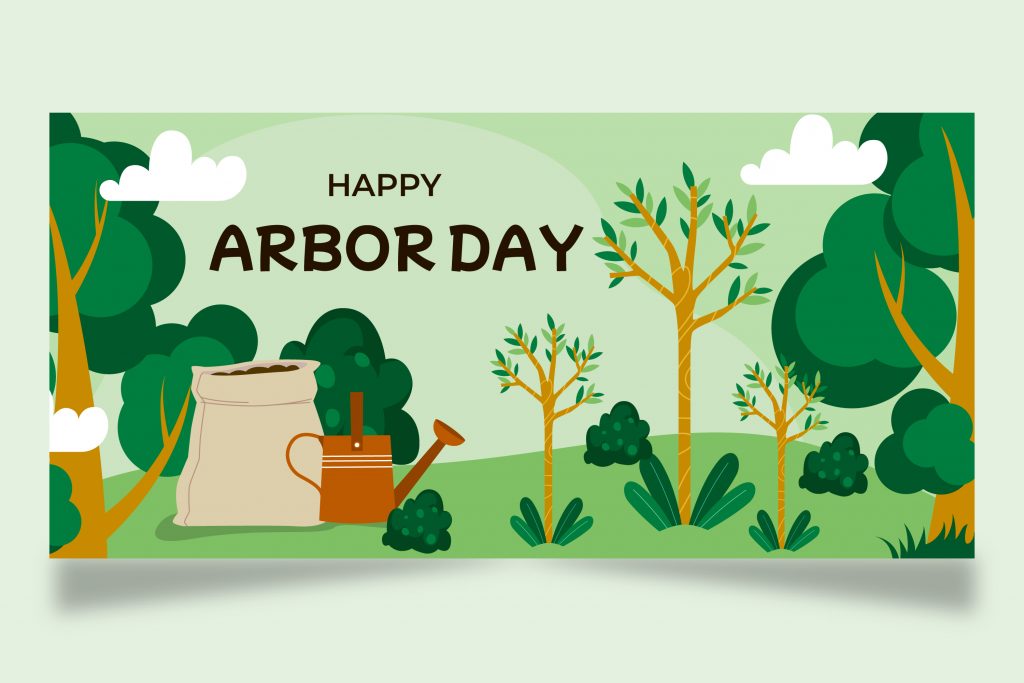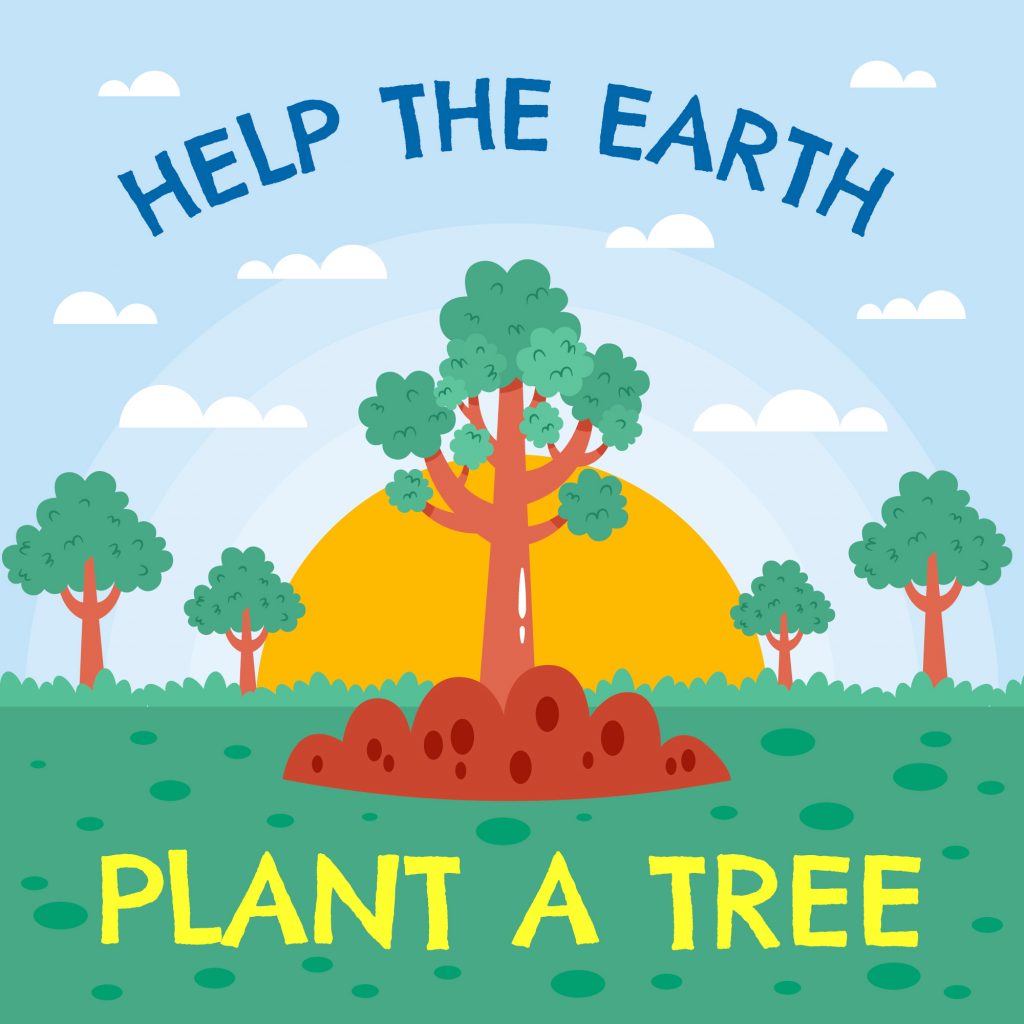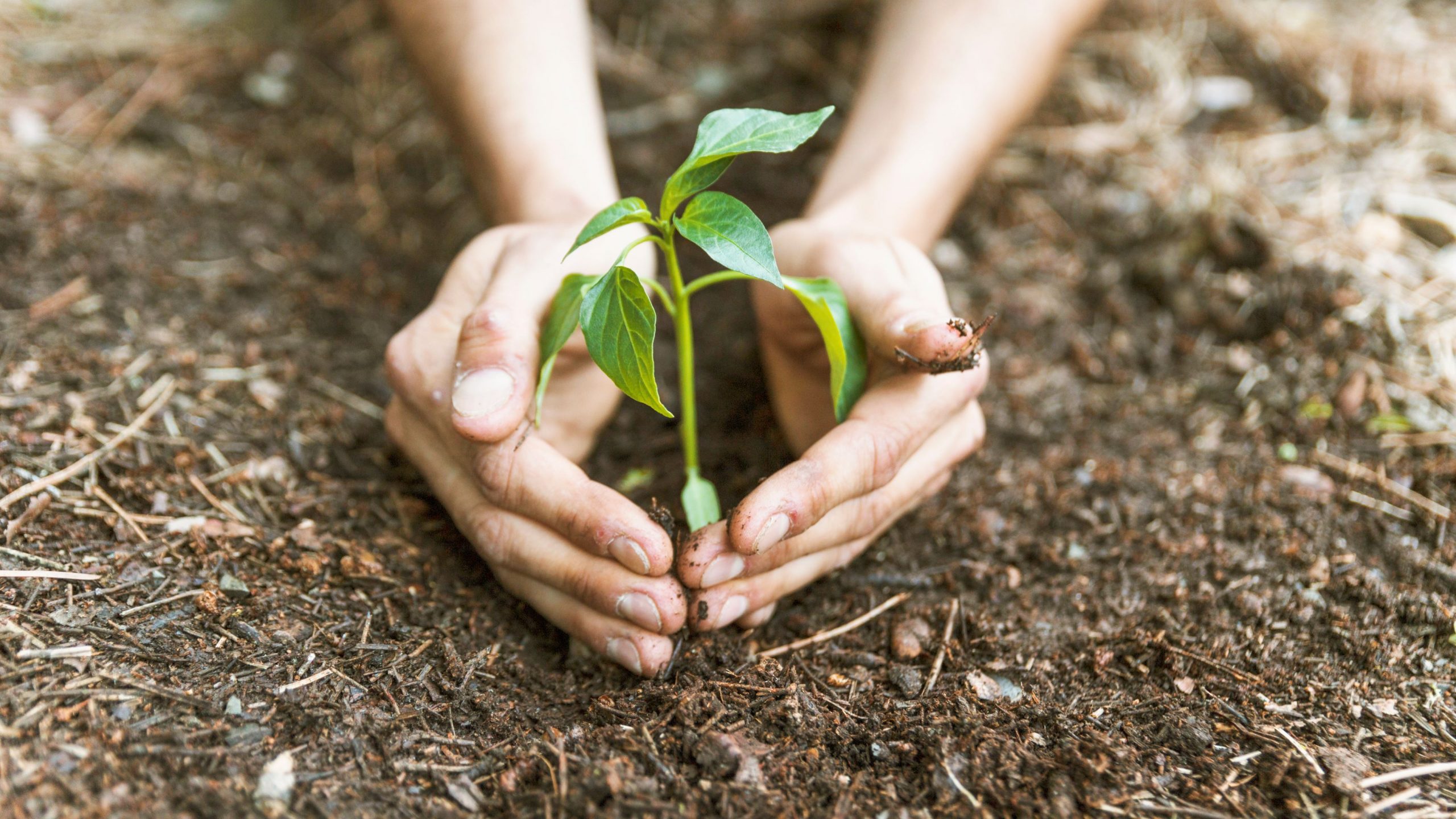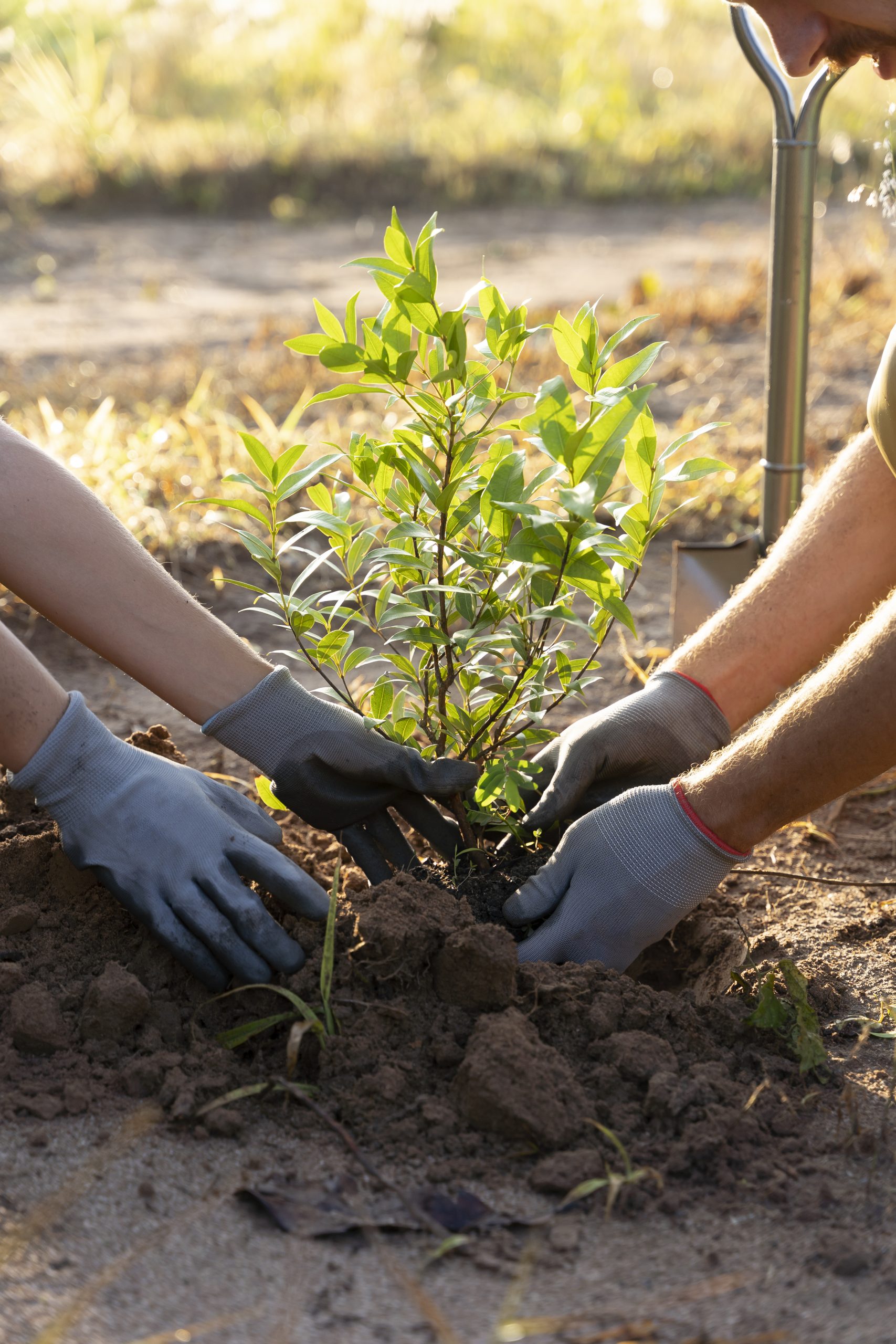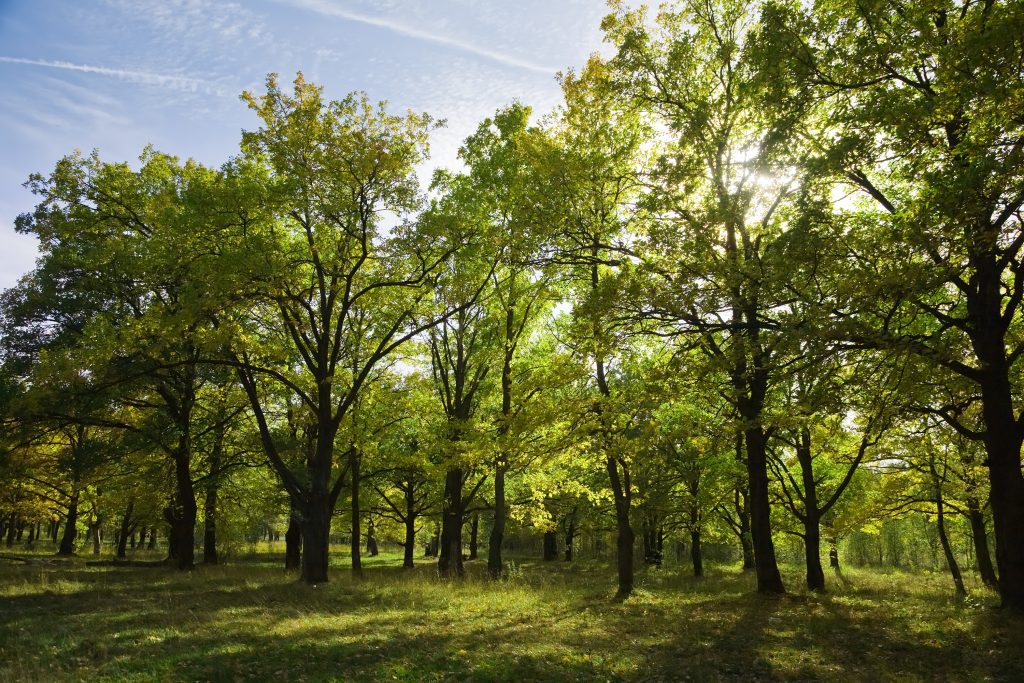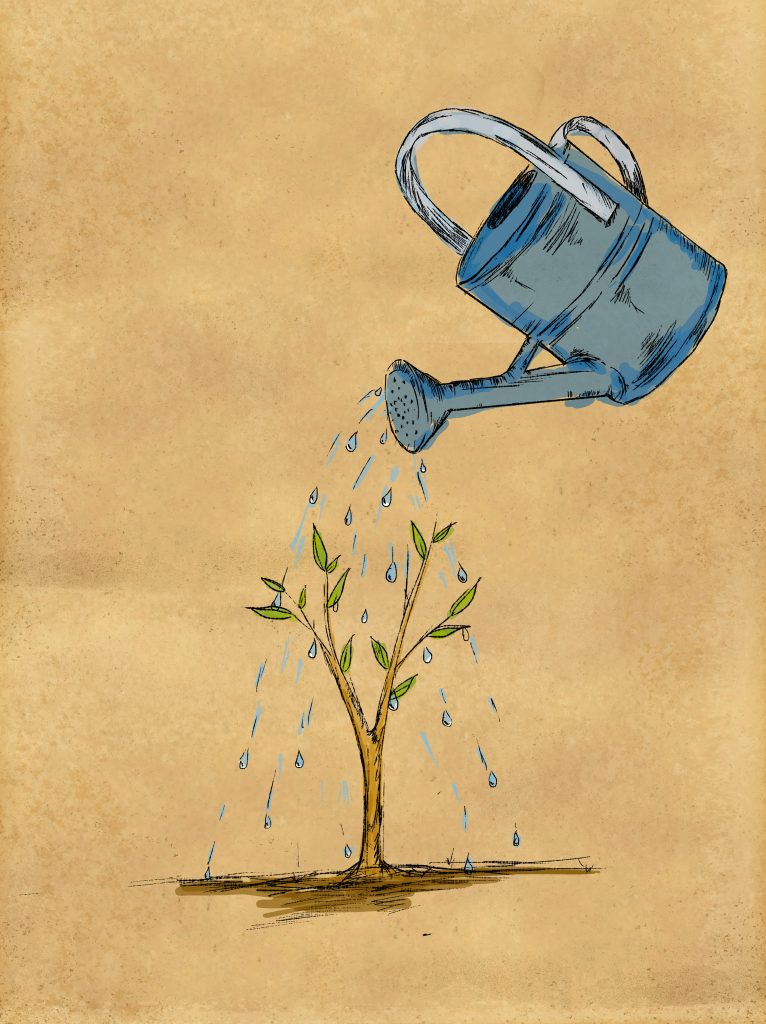How to Plant Grass After Tree Removal
How to Plant Grass After Tree Removal
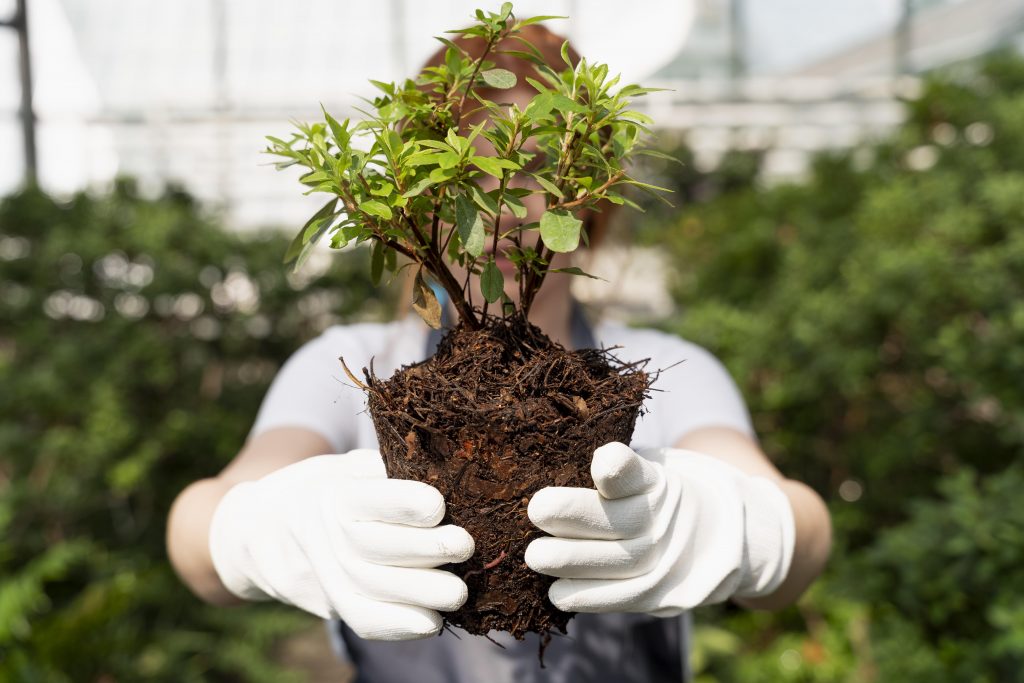
Are you ready to transform your barren landscape into a lush green oasis? Say goodbye to the shadowy reign of that old tree and hello to the vibrant carpet of grass that awaits you. Planting grass after tree removal is an opportunity for renewal and rejuvenation, giving you a fresh canvas to work with. In this article, we’ll guide you through the steps and share our expert tips to ensure your grass planting endeavor is a resounding success. So roll up your sleeves and let’s get started!
Key Takeaways
- Planting grass after tree removal improves soil quality and prevents erosion.
- A lush lawn adds beauty and value to your property.
- Grass acts as a natural air purifier and reduces temperature around your home.
- Proper timing, watering, and maintenance are crucial for successful grass planting after tree removal.
Introduction and Benefits of Planting Grass After Tree Removal
Now that you’ve removed the tree, it’s time to explore the introduction and benefits of planting grass in your yard. Planting grass after tree removal not only enhances the aesthetic appeal of your outdoor space but also offers numerous advantages. Here is a list of benefits to get you excited about the transformation that awaits your yard:
- Improved soil quality: Planting grass helps replenish the soil with essential nutrients, promoting healthy growth and preventing erosion.
- Increased curb appeal: A lush, green lawn adds beauty and value to your property, creating a welcoming atmosphere for you and your guests.
- Enhanced air quality: Grass acts as a natural air purifier, absorbing carbon dioxide and releasing oxygen, contributing to a cleaner and healthier environment.
- Reduced temperature: A well-maintained lawn can significantly lower the temperature around your home, providing relief during hot summer months.
Understanding the history of grass planting techniques and the benefits of tree removal will further enhance your knowledge and allow you to make informed decisions about your yard. So, let’s delve into the fascinating world of tree removal and grass planting to uncover the secrets that will transform your outdoor space into a lush paradise.
History of Tree Removal and Grass Planting
To get started, you could first research the background of tree removal and the subsequent planting of grass. Understanding the history of tree removal can provide valuable insights into the importance of grass planting. Throughout time, trees have been removed for various reasons, such as land development, infrastructure construction, and even for aesthetic purposes. However, the removal of trees can have detrimental effects on the environment and ecosystem. This realization has led to the recognition of the benefits of planting grass after tree removal.
When trees are removed, the landscape can become barren and susceptible to erosion. Planting grass helps to stabilize the soil, preventing erosion and the loss of valuable topsoil. Grass also promotes water absorption, reducing the risk of flooding and the need for extensive drainage systems. Additionally, grass provides shade, reduces heat, and improves air quality by absorbing carbon dioxide and releasing oxygen.
Transitioning into the subsequent section about ‘tips,’ it is important to note that proper preparation and maintenance are essential for successful grass planting after tree removal.
Tips
When it comes to planting grass, timing is everything. The best time to plant grass is during the spring or fall when temperatures are mild and rainfall is more consistent. Proper watering and maintenance are crucial for the successful establishment of your grass. Make sure to water deeply and infrequently, allowing the roots to grow deep into the soil. Lastly, choosing the right grass for your specific climate and soil conditions is essential. Consider factors such as shade tolerance, drought resistance, and maintenance requirements when selecting the perfect grass variety for your lawn.
Best Time to Plant
You should consider the best time to plant grass after tree removal. Timing is crucial to ensure the success of your grass reestablishment. The best time to plant grass is during the early fall or spring seasons when the weather is mild and the soil temperature is ideal for seed germination. These seasons provide the perfect combination of warm soil and cool air, creating optimal planting conditions. It is important to avoid planting grass during extreme temperatures, such as the peak of summer or the depths of winter, as these conditions can hinder seed germination and growth. By choosing the right time to plant your grass, you set the stage for a healthy and thriving lawn. Now that you know when to plant, let’s dive into the next section: watering and maintenance.
Watering and Maintenance
Make sure to water your new lawn regularly and maintain it by mowing and fertilizing as needed. Proper watering techniques are crucial for the successful establishment of your new grass. After planting, it is important to keep the soil moist but not saturated. Water the lawn deeply, making sure to penetrate the entire root zone. This helps to encourage deep root growth and drought tolerance. Avoid shallow and frequent watering, as it promotes shallow root development and makes the grass more susceptible to stress. As your lawn begins to establish, gradually reduce the frequency of watering but increase the amount of water applied. This encourages the roots to grow deeper in search of water. Along with watering, post planting care includes regular mowing to promote thick and healthy growth, as well as fertilizing to provide essential nutrients. With proper maintenance, your new lawn will thrive and become a beautiful addition to your landscape. Now, let’s move on to choosing the right grass for your needs.
Choosing the Right Grass
To ensure a successful lawn, it’s important to select the appropriate type of grass for your specific needs and climate. Grass selection plays a crucial role in the overall health and appearance of your lawn. Consider factors such as sunlight exposure, soil type, and maintenance requirements when choosing the right grass. For areas with heavy foot traffic, opt for a durable grass variety like Bermuda or Zoysia. If you live in a region with hot and dry summers, consider warm-season grasses like St. Augustine or Buffalo grass, which are drought-tolerant. On the other hand, cool-season grasses like Kentucky Bluegrass or Fescue are well-suited for areas with cold winters. By carefully considering these factors, you can select the perfect grass variety that will thrive in your specific climate and meet your lawn care needs.
When planting grass after tree removal, it’s important to keep in mind certain traits that contribute to successful establishment and growth.
Traits of Successful Grass Planting After Tree Removal
Successful grass planting after tree removal requires careful consideration of soil conditions and proper watering techniques. When it comes to traits of successful grass planting after tree removal, there are a few key factors to keep in mind. First and foremost, choosing the right grass species is essential. Different grasses have different traits and adaptability to various soil types and environmental conditions. Therefore, it is important to select a grass species that is well-suited to your specific soil conditions and climate.
Timing is another crucial trait to consider. The best time to plant grass after tree removal is in the early spring or fall when temperatures are mild and rainfall is more abundant. This allows the grass to establish its root system before the extremes of summer or winter set in.
In addition to these traits, proper preparation of the soil is paramount. This includes removing any remaining tree roots or debris, loosening the soil to improve drainage and aeration, and amending the soil with organic matter to enhance its fertility.
Steps for Successful Grass Planting After Tree Removal
Now that you have chosen the right grass species and timing, the next step is to prepare the soil for optimal growth. Here are some best practices to ensure successful grass planting after tree removal:
- Test the soil: Before planting, it is crucial to test the soil pH and nutrient levels. This will help you determine if any amendments are needed for optimal grass growth.
- Remove debris: Clear the area of any remaining tree debris, rocks, or large roots that may hinder grass establishment.
- Loosen the soil: Use a garden tiller or a rake to loosen the top few inches of soil. This will improve aeration and allow the roots to penetrate more easily.
- Add organic matter: Incorporate compost or well-rotted manure into the soil. This will improve the soil structure, drainage, and nutrient content.
- Level the surface: Use a garden rake to level the soil surface, ensuring there are no low or high spots that could cause water pooling or uneven grass growth.
Common mistakes to avoid during soil preparation include neglecting soil testing, leaving debris on the ground, failing to loosen compacted soil, skipping the addition of organic matter, and ignoring the need for a level surface.
With the soil properly prepared, you are now ready to move on to the next section about goals {table}.
Goals
Once the debris has been cleared and the soil has been properly prepared, your next step is to establish your goals for the grass planting process. Setting clear goals will help you stay focused and achieve the desired results. When determining your goals, consider the traits you want your grass to possess and the steps you need to take to achieve them.
To help you visualize your goals, here is a table outlining some common traits and the steps required to achieve them:
| Trait | Steps |
|---|---|
| Lush and Green | Proper watering and fertilization |
| Weed-free | Regular weed control and maintenance |
| Drought-resistant | Choosing drought-tolerant grass varieties |
| Low-maintenance | Selecting grass species that require minimal care |
By identifying these traits and the necessary steps, you can tailor your grass planting process to meet your specific needs. Remember, each goal may require different techniques and maintenance practices.
Transitioning into the subsequent section on ‘habits for successful grass planting after tree removal,’ it is important to understand that achieving your goals requires consistent effort and proper care.
Habits for Successful Grass Planting After Tree Removal
To establish healthy habits for your newly cleared area, it’s important to prioritize consistent watering and regular maintenance. These two traits are crucial for successful grass planting after tree removal. By providing adequate water and taking care of your grass, you can ensure its growth and longevity. Insights gained from years of experience in landscaping have taught us the importance of watering your grass consistently. Water deeply but infrequently to encourage deep root growth. This will help your grass withstand drought conditions and develop a strong foundation. Additionally, regular maintenance is key to keeping your grass healthy and vibrant. This includes mowing at the right height, fertilizing appropriately, and controlling weeds. By following these habits, you can create a thriving lawn that will enhance the beauty of your newly cleared area.
Now, let’s delve into a real-life story that exemplifies the success achieved by implementing these habits.
A Real-Life Story
Establishing consistent watering and regular maintenance habits is crucial for successful grass planting after removing trees, and a real-life story exemplifies the positive outcomes achieved by implementing these practices. Let’s dive into a real-life experience that sheds light on the challenges faced during the process.
In this particular case, a homeowner decided to remove a large tree from their backyard, creating an opportunity to transform the area into a lush green lawn. Armed with enthusiasm and a determination to succeed, they began the journey of planting grass. However, they quickly realized that it was not as easy as it seemed.
One of the major challenges they faced was ensuring adequate watering. Initially, they underestimated the amount of water needed and the frequency of watering. As a result, the soil became dry, hindering the germination process. However, after adjusting their watering schedule and using a sprinkler system, they were able to provide sufficient moisture to the newly planted grass.
Regular maintenance also presented its own set of challenges. The homeowner had to battle with weeds that threatened to overtake the grass. Through diligent weeding and the application of herbicides, they were able to keep the unwanted invaders at bay and give the grass a fighting chance to thrive.
This real-life experience highlights the importance of consistent watering and regular maintenance in achieving successful grass planting after tree removal. By learning from the challenges faced and implementing the necessary adjustments, the homeowner was able to witness the transformation of their backyard into a beautiful and vibrant lawn.
Now, let’s explore some quotes from experts that further emphasize the significance of these practices.
Quotes
Take note of what the experts have to say about the importance of consistent watering and regular maintenance in achieving a thriving and vibrant lawn. When it comes to discussion ideas about lawn care, these topics are always at the forefront. Consistent watering is crucial because it ensures that your grass receives the necessary hydration it needs to grow and stay healthy. Without enough water, your lawn can become dry and brittle, making it more susceptible to diseases and pests. Regular maintenance, on the other hand, involves tasks like mowing, fertilizing, and aerating. These activities help promote healthy growth, prevent weed infestations, and maintain an even and attractive appearance.
The relevance of consistent watering and regular maintenance cannot be overstated. Many homeowners make the mistake of neglecting their lawns, thinking that grass will grow just fine on its own. However, this is far from the truth. In order for your lawn to thrive, it requires your attention and care. By consistently watering and maintaining your lawn, you are setting it up for success.
Now that you understand the importance of consistent watering and regular maintenance, let’s dive into the secrets of achieving a lush and beautiful lawn.
Secrets
Now that we know the relevance of consistent watering and regular maintenance, let’s uncover the secrets to achieving a lush and beautiful lawn. Planting grass after tree removal can be a challenging task, but with the right insights and techniques, you can create a thriving green space in your yard.
One of the secrets to successful grass planting is proper soil preparation. Before laying down the grass seeds, it is important to remove any debris or tree roots that may hinder the growth of the new grass. Loosen the soil with a rake and add some organic matter to improve its fertility and drainage.
Another secret is choosing the right grass seed for your specific climate and soil type. There are various types of grass seeds available, each with its own characteristics and requirements. Research and consult with local experts to determine the best seed for your lawn.
Furthermore, ensuring proper watering and fertilization is essential for the success of your new grass. Water the newly planted seeds regularly, keeping the soil moist but not waterlogged. Apply a suitable fertilizer to provide the necessary nutrients for healthy growth.
Insights for Successful Grass Planting After Tree Removal
One of the key factors for successful planting of new grass after removing a tree is proper soil preparation. To ensure that your grass thrives in the area where the tree once stood, it is essential to understand the insights and successful techniques involved in this process.
Firstly, you need to remove any remaining tree roots or debris from the soil. These can hinder the growth of your grass and create an uneven surface. Use a shovel or a rake to carefully remove them, ensuring that the soil is clear and ready for planting.
Next, it is important to test the pH level of the soil. Grass generally thrives in slightly acidic to neutral soil conditions. You can easily test the pH level using a soil testing kit, which can be purchased at any garden center. Based on the results, you may need to add lime to increase the pH or sulfur to decrease it.
After preparing the soil, it is time to choose the right grass seed for your specific climate and soil conditions. Consider factors such as sun exposure, foot traffic, and drought tolerance when selecting the seed. Spread the seed evenly over the prepared soil and lightly rake it to ensure good seed-to-soil contact.
With proper soil preparation and the right grass seed, you are well on your way to a successful grass planting after tree removal. The benefits of planting grass in this area are numerous and will be discussed in the next section.
Benefits of Planting Grass After Tree Removal
To fully appreciate the benefits of having new grass in the area where the tree once stood, you should consider the increased aesthetic appeal it brings to your landscape. Planting grass after tree removal not only fills the void left by the tree’s absence but also enhances the overall look and feel of your outdoor space. The lush green carpet of grass creates a visually pleasing contrast against other elements in your garden, such as flowers, shrubs, and hardscapes. It adds a sense of freshness and rejuvenation, transforming a barren spot into a vibrant and inviting area.
Apart from the visual appeal, planting grass after tree removal offers practical advantages as well. The newly established grass helps prevent soil erosion by holding the ground together with its roots. It also improves the overall health of the soil by increasing its organic content and promoting better water retention. By planting grass, you create a stable and functional surface that can be utilized for various activities like picnics, sports, or simply enjoying the outdoors.
To achieve a successful grass planting after tree removal, several techniques can be employed. Preparation of the soil is crucial, including removing any remaining tree roots and debris. Properly selecting the type of grass that suits your specific climate and soil conditions is also essential. Adequate watering, regular fertilization, and proper mowing practices will ensure the healthy growth and longevity of your new grass.
Lessons
When it comes to planting grass, timing is crucial. Knowing the right time to plant can greatly increase your chances of success. Additionally, proper soil preparation techniques are essential for creating a healthy growing environment for your grass. Lastly, selecting the right grass seed is important to ensure that you achieve the desired results in terms of appearance and durability.
Timing for Grass Planting
The best time to plant grass after tree removal is during the fall season. This is because the cooler temperatures and increased rainfall during the fall create the perfect conditions for grass seed germination and establishment. It is important to follow best practices when planting grass after tree removal to ensure successful growth. One of the most common mistakes is planting grass too soon after tree removal. It is crucial to wait until all tree roots have been fully removed to prevent competition for nutrients and water. Additionally, proper soil preparation techniques are essential for successful grass planting. By preparing the soil properly, you will create a healthy and fertile environment for the grass seed to take root and thrive.
Soil Preparation Techniques
Properly preparing the soil is essential for creating a fertile environment for successful grass planting. Before you begin, it’s important to conduct a soil test to determine the pH level and nutrient content. This will help you understand what amendments, such as lime or fertilizer, are needed to optimize the soil conditions for grass growth. Once you have the results, you can start by removing any existing weeds or grass. Weed control is crucial because these unwanted plants can compete with your new grass for nutrients and space. Use a suitable herbicide or manually remove them, ensuring the area is weed-free. Afterward, you can proceed with loosening the soil using a tiller or rake, creating a smooth and level surface. This will promote better seed-to-soil contact and germination. Now that the soil is prepared, let’s move on to the next step: grass seed selection.
Grass Seed Selection
Now that you have prepared the soil for planting grass after tree removal, it’s time to select the right grass seed for your lawn. There are several grass seed types available, each with its own unique characteristics. Consider factors such as your climate, soil type, and the amount of sunlight your lawn receives. For sunny areas, Bermuda grass or Kentucky bluegrass may be suitable options. If you have shady spots, consider using fine fescue or zoysia grass. Once you have chosen the appropriate grass seed, it’s important to follow proper planting techniques. Start by evenly distributing the seed over the prepared soil. Then, lightly rake or roll the seed to ensure good soil contact. Finally, water the area gently and consistently to keep the soil moist for germination. With the right grass seed selection and planting techniques, you are on your way to a beautiful and lush lawn.
As you establish your grass, it’s important to develop routines that will help maintain its health and appearance.
Routines
First, you’ll want to establish a regular watering routine to ensure your newly planted grass receives the necessary moisture for healthy growth. Watering is crucial during the early stages of grass growth, as it helps the seeds germinate and establish strong root systems. To develop good watering habits, start by watering the area immediately after planting the grass seeds. This will help the soil settle around the seeds and encourage them to make contact with the moisture below. After the initial watering, continue to water the area lightly every day for the next two weeks. Gradually increase the amount of water as the grass begins to grow. It is important to water consistently, ensuring the soil stays evenly moist but not waterlogged. As the grass matures, you can reduce the frequency of watering to every two or three days, but remember to water deeply, allowing the water to penetrate the soil to a depth of around six inches. This will encourage the roots to grow deeper into the ground, making the grass more resilient to drought and other environmental stresses.
Pros and Cons
To make an informed decision, you should carefully weigh the pros and cons of establishing a regular watering routine for your newly planted grass. Let’s start with the pros. Consistency is key when it comes to watering your grass. By establishing a regular routine, you ensure that your grass receives the necessary moisture it needs to thrive. This will promote healthy root growth and overall plant development. Additionally, a regular watering routine can help prevent issues such as drought stress or overwatering, which can lead to root rot and other diseases.
However, there are also some cons to consider. One common mistake is overwatering, which can drown the roots and suffocate the grass. Another mistake is under-watering, which can cause the grass to become weak and susceptible to pests and diseases. Finding the right balance can be tricky, especially in changing weather conditions.
Now that you’ve considered the pros and cons, let’s move on to the dos and don’ts of establishing a watering routine for your newly planted grass.
Dos and Dont’s
Establishing a regular watering routine for your newly planted grass has its dos and don’ts that you should be aware of. To ensure the success of your grass planting project, it is important to follow these guidelines and avoid common mistakes.
Dos:
- Water your new grass consistently: Provide enough moisture to keep the soil evenly moist, but not soaked.
- Water deeply: Aim for at least 6 inches of penetration to encourage deep root growth.
- Water in the morning: This allows the grass to dry before evening, reducing the risk of disease.
- Adjust watering based on weather conditions: Increase watering during hot and dry periods, and reduce during cooler and wetter periods.
Don’ts:
- Overwater: Excessive watering can lead to shallow root development and fungal diseases.
- Water too frequently: Frequent light watering promotes shallow roots and weak grass.
- Water in the evening: Moist grass overnight can promote fungal growth.
- Forget to monitor soil moisture: Regularly check the soil to ensure it is not too dry or too wet.
Mistakes to Avoid
One mistake to avoid when watering your newly planted grass is overwatering, as it can lead to shallow root development and fungal diseases. While it’s essential to provide adequate moisture for your grass to thrive, it’s equally important to strike the right balance. Overwatering can suffocate the roots, preventing them from growing deep into the soil, which weakens the grass and makes it more susceptible to diseases.
Another common mistake is not watering your newly planted grass enough. It’s crucial to keep the soil consistently moist during the establishment phase, which typically lasts for the first few weeks after planting. Without sufficient water, the grass may struggle to take root and establish itself properly.
Additionally, many people make the mistake of mowing their newly planted grass too soon. It’s important to allow the grass to grow to a sufficient height before mowing, as this ensures the roots have had enough time to develop and anchor the grass securely.
To avoid these common mistakes, it’s important to follow a few important considerations. First, make sure to water your newly planted grass deeply but infrequently, allowing the soil to dry out slightly between waterings. Second, monitor the soil moisture levels regularly to ensure you are providing enough water without overdoing it. Finally, wait until the grass has reached a height of about 3-4 inches before mowing for the first time.
Key Takeaways
In conclusion, it’s crucial to avoid common mistakes like overwatering, underwatering, and premature mowing when establishing newly planted grass. Proper watering techniques are essential for the health and successful establishment of your newly planted grass. Overwatering can lead to shallow root growth, fungal diseases, and wasted water. On the other hand, underwatering can cause the roots to dry out, leading to stunted growth and brown patches. It’s important to find the right balance by watering deeply and infrequently, allowing the soil to dry out slightly between waterings.
Another common mistake is premature mowing. It’s important to resist the urge to mow your newly planted grass too soon. Wait until the grass blades have reached a height of 3 to 4 inches before mowing. This will allow the roots to establish and the grass to mature properly.
To ensure the successful planting of grass after tree removal, it’s important to follow specific action steps. These steps include preparing the soil by removing any debris, loosening the soil, and adding organic matter. Additionally, selecting the right type of grass seed for your specific climate and soil conditions is crucial. By following these steps, you’ll be on your way to establishing a healthy and vibrant lawn after tree removal.
Specific Action Steps for Grass Planting After Tree Removal
When it comes to planting grass after tree removal, there are several key points to consider: soil preparation techniques, grass seed selection, and watering and maintenance. First, it’s important to properly prepare the soil by removing any debris and loosening it with a rake or tiller. Next, choose the right type of grass seed for your specific climate and lawn conditions. Lastly, ensure that the newly planted grass receives adequate watering and regular maintenance to promote healthy growth. By following these steps, you can successfully establish a lush and vibrant lawn after tree removal.
Soil Preparation Techniques
To prepare the soil for planting grass after tree removal, you’ll want to loosen it up by tilling and adding organic matter. Soil preparation techniques are crucial to ensure the success of your grass planting project. First, start by removing any large debris or tree roots from the area. Then, use a tiller to break up the compacted soil and improve its drainage. Make sure to till the soil to a depth of at least six inches to create a loose and aerated base for your grass seeds. After tilling, incorporate organic matter such as compost or peat moss into the soil to improve its fertility and moisture retention. This will provide the necessary nutrients for your grass to grow strong and healthy.
However, it’s important to avoid some common mistakes during soil preparation. One common mistake is over-tilling the soil, which can lead to excessive compaction and poor drainage. Be careful not to till too deep or too often, as this can disrupt the soil structure and harm beneficial organisms. Another mistake is neglecting to test the soil pH and nutrient levels. Conducting a soil test will help you determine if any amendments, such as lime or fertilizer, are needed to create the optimal conditions for grass growth.
With the soil properly prepared, you can now move on to the next step: grass seed selection.
Grass Seed Selection
Choose the right type of grass seed based on your specific needs and the conditions of your soil and climate. When it comes to grass seed types, there are several options to consider. If you have a sunny yard, Bermuda grass seed is a great choice as it thrives in full sun. For shady areas, opt for a shade-tolerant grass seed like fescue. If your soil is prone to drought, consider using a drought-resistant seed variety such as buffalo grass. When planting the grass seed, make sure to prepare the soil properly by removing any debris and loosening it with a rake. Spread the seed evenly over the area and lightly rake it into the soil. Now, let’s move on to watering and maintenance to ensure your grass seed grows into a lush, green lawn.
Watering and Maintenance
Proper watering and regular maintenance are crucial for the growth and health of your newly planted grass seed. When it comes to watering techniques, it’s important to remember that consistency is key. Water your lawn deeply and infrequently, allowing the water to penetrate the soil and reach the root system. Avoid shallow watering, as it encourages shallow root growth and makes your lawn more susceptible to drought. Additionally, be mindful of the time of day you water your lawn. Watering in the early morning or late afternoon is ideal, as it allows the grass to dry before evening, reducing the risk of disease. As for lawn maintenance, regular mowing is essential. Keep your grass at a height of around 2-3 inches, as this promotes healthy growth and helps the grass outcompete weeds. Don’t forget to also fertilize your lawn regularly, following the manufacturer’s instructions. By following these watering techniques and incorporating proper lawn maintenance, you can ensure the growth and longevity of your newly planted grass seed.
Frequently Asked Questions
How Long Does It Typically Take for Grass to Grow After Tree Removal?
Typically, it takes about 2-4 weeks for grass to start growing after tree removal. However, this time frame can vary depending on factors such as soil condition, weather, and grass seed type.
Can I Plant Any Type of Grass After Tree Removal, or Are There Specific Types That Work Best?
You can definitely plant any type of grass after tree removal, but there are specific types that work best. It’s important to choose the best grass types for your specific soil and climate to ensure successful growth and avoid common mistakes.
Are There Any Special Considerations for Planting Grass in Areas Where the Tree’s Roots Were Removed?
When planting grass after tree removal, there are important factors to consider. Special considerations for soil preparation, such as removing any remaining tree roots, are crucial. Additionally, following best practices for watering new grass will promote healthy growth.
What Steps Can I Take to Ensure Successful Grass Growth After Tree Removal?
To ensure successful grass growth after tree removal, prepare the soil by removing any remaining tree roots and aerating it. Choose the right grass seed for your region and follow proper maintenance practices like watering and fertilizing regularly.
Are There Any Potential Drawbacks or Challenges Associated With Planting Grass After Tree Removal?
Before planting grass after tree removal, be aware of potential challenges such as soil preparation. Properly assess the condition of the soil, remove any debris, and ensure adequate drainage to ensure successful grass growth.
If you need a tree service in Utah, you can call:
Truco Services, Inc.
4640 Commerce Drive
Murray, Utah 84107
(801) 466-8044
https://truetreeservices.com/
About Murray, Utah
Murray is a city situated on the Wasatch Front in the core of Salt Lake Valley in the U.S. state of Utah. Named for territorial governor Eli Murray, it is the state's fourteenth largest city. According to the 2020 census, Murray had a population of 50,637. Murray shares borders with Taylorsville, Holladay, South Salt Lake and West Jordan, Utah. Once teeming with heavy industry, Murray's industrial sector now has little trace and has been replaced by major mercantile sectors. Known for its central location in Salt Lake County, Murray has been called the Hub of Salt Lake County. Unlike most of its neighboring communities, Murray operates its own police, fire, power, water, library, and parks and recreation departments and has its own school district. While maintaining many of its own services, Murray has one of the lowest city tax rates in the state.
Neighborhoods in Murray, Utah
Murray Oakes, Grant Park, Southwood Park, Murray Park, Murray Park Restrooms, Willow Pond Park, Neighborhood Veterinary Care
Things To Do in Murray, Utah
Bus Stops in Murray, Utah to Truco Services, Inc.
Bus Stop in Murray Central Station (Bay C) Murray, Utah to Truco Services, Inc.
Bus Stop in State St @ 4801 S Murray, Utah to Truco Services, Inc.
Bus Stop in Murray North Station Murray, Utah to Truco Services, Inc.
Bus Stop in State St @ 4949 S Murray, Utah to Truco Services, Inc.
Bus Stop in Murray Central Frontrunner/Trax Station Murray, Utah to Truco Services, Inc.
Bus Stop in Murray Blvd / Vine St (SB) Murray, Utah to Truco Services, Inc.
Bus Stop in State St @ 3925 S Murray, Utah to Truco Services, Inc.
Bus Stop in State St @ 4824 S Murray, Utah to Truco Services, Inc.
Bus Stop in State St @ 5223 S Murray, Utah to Truco Services, Inc.
Bus Stop in Murray Blvd / Allendale Dr (NB) Murray, Utah to Truco Services, Inc.
Bus Stop in Murray Blvd @ 5039 S Murray, Utah to Truco Services, Inc.
Bus Stop in State St @ 4721 S Murray, Utah to Truco Services, Inc.
Driving Directions in Murray, Utah to Truco Services, Inc.
Driving Directions from Woodruff Tree Trimming and Removal to 4640 Commerce Dr, Murray, UT 84107, USA
Driving Directions from Reliable Tree Care to 4640 Commerce Dr, Murray, UT 84107, USA
Driving Directions from Tree Pro-Tech to 4640 Commerce Dr, Murray, UT 84107, USA
Driving Directions from Prestige Tree And Landscape to 4640 Commerce Dr, Murray, UT 84107, USA
Driving Directions from Excellence Tree & Landscape to 4640 Commerce Dr, Murray, UT 84107, USA
Driving Directions from Amen Trees to 4640 Commerce Dr, Murray, UT 84107, USA
Driving Directions from Tim's Tree Care to 4640 Commerce Dr, Murray, UT 84107, USA
Driving Directions from Jordan Tree Service - Murray to 4640 Commerce Dr, Murray, UT 84107, USA
Driving Directions from Arbor Works to 4640 Commerce Dr, Murray, UT 84107, USA
Driving Directions from Diamond Tree Experts to 4640 Commerce Dr, Murray, UT 84107, USA
Driving Directions from Green Tree Arborist to 4640 Commerce Dr, Murray, UT 84107, USA
Driving Directions from TruCo Services to 4640 Commerce Dr, Murray, UT 84107, USA
Reviews for Truco Services, Inc. Murray, Utah
Emily Abercrombie
We had a great experience with TruCo! They were well priced, responsive and prompt. Michael was a pleasure to work with and gave us advice on which plants to put in where we took out our ugly old shrubs. I would highly recommend this company!!!
Michelle Turpin
TruCo Services gets 5 stars from us for customer service. We experienced a few issues with their services this last year and Rob Eccles in senior management, stepped in and immediately handled our issues. He was very committed to making sure they understood our expectations and would execute to make us happy.
Siobhan Billingsley
I work for a property management company and have the pleasure of working with Rob at a community in Sandy. He has been incredible to work with and always responds in a timely manner. He knows all the homeowners by name and address and is aware of all the "problem" areas when it comes to sprinklers. I never have to worry about following up with him because he always reaches out to provide me with an update. If you're looking to work with someone who takes pride in their job, is professional, and can solve the worst landscaping problems thrown your way, Rob is your guy. Thank you, Rob for all you do!
Jaime S.
We have used Truco at 2 of the complexes we manage, they have been great to work with. Good quality service, outstanding customer service with good communication. That's hard to find these days. I highly recommend them. Travis has been awesome to work with.
Jerusha Smart
We use TruCo for a majority of our properties and our home. While other landscaping companies we use come and go for various reasons like cost, communication issues, work performance, etc., TruCo is always consistent in price and work. Also, Rob is the best.
